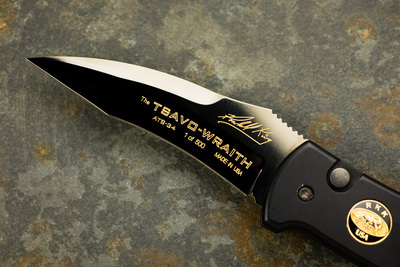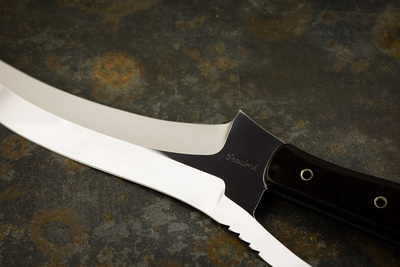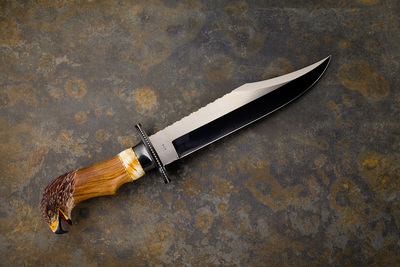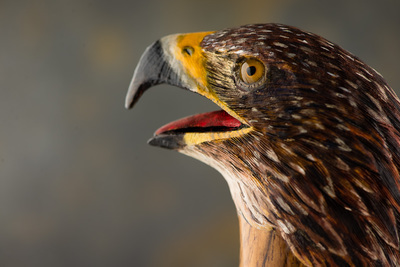Knife Practice
One of my mini-projects this summer was to photograph a collection of knives. Most of them are folding knives, but there are a few other types, including some art knives.
Knives are an interesting subject. They are three dimensional, even sculptural, and often shiny. Depending on the knife, a viewer wants to know who made it, and to see if it’s got something that makes it different from the penknife someone might carry in a pocket.
My goal was to photograph them all in a similar manner, and to do it over a few set ups. I also wanted to photograph them against something other than white seamless, because that’s boring.
For this project, I photographed each knife against the same piece of Vermont Slate (I love rocks as backgrounds). That alone helped to unify the series. I used similar lighting, camera angles, exposure settings, and processing for the series. In the end I photographed 49 knives over about 6 weeks, with breaks for other projects. There are 738 images in my Lightroom catalog including tests, with about 650 “final” images.
Here is a sampling of what I photographed:

Knife Typology
I learned a lot doing this project. First and foremost is that I can do this sort of repetitive subject. I know now that if I really truly wanted everything to be identical I would have made a set and not moved it until I was finished. However, given that the knives were of varying sizes, I don’t think I could have ever made them identical.
I also had “fun” picking out the slate. Given that I wanted something more “masculine” that would show off the knives, I thought it turned out ok. It wasn’t as easy as I’d though it be to find the stone, and then my choices were limited. I was looking for something not-shiny, something blue/gray, something dark, something big enough to showcase the biggest knives. The slate turned out well, but on reflection, I think I would have preferred something a little more muted in color.
Near the end of the project (as the knives got bigger) I realized I wanted to suspend some knives so I could photograph them away from the slate (to showcase their dimensionality). This was much harder to do than I expected. I am not a fan of using monofilament, because controlling the position of the object is difficult. In the end, I photographed these knives like the others, but then rearranged the set so that I could prop them “in the air” (though not really) to photograph the 3D parts.
There are more technical bits I learned, here are a few of them:
- Let the fluorescent lights warm up for at least 30 minutes (preferably more)
- The 55mm macro and 105mm macro lenses have different color casts (the 105 appears to be greener)
- The 55mm macro and 105mm macro lenses do not give the same luminance for the same exposure values (the 105 appears to be about ⅓ stop lighter)
- Wear thick gloves when cleaning knives
- Wear latex gloves when handling knives before photographing them
- Have reflector cards/gobos available at all times.
Here are some of my favorites…

Wraith

Dagger

Crawford

Eagle

Eagle detail
What would I do differently? I would probably use strobes, because of having to wait for the lights to stabilize… in a small room… in summer. It was hot working sometimes, though having continuous light is wonderful for figuring out where the reflections are going to land.
I would also probably tether my camera to my computer. I don’t do this enough, probably because my main photo processing computer is not in my studio, and I’d have to set up my laptop and still figure out a way to get the images to my desktop machine. So for a similar project in the future, I might spend the extra time to figure this part out.
All in all, I’m pretty pleased with how things turned out. It’s not “catalog” perfect, but that’s not exactly what I was going for. However, I do know that I can do catalog work, if somebody wants me to.